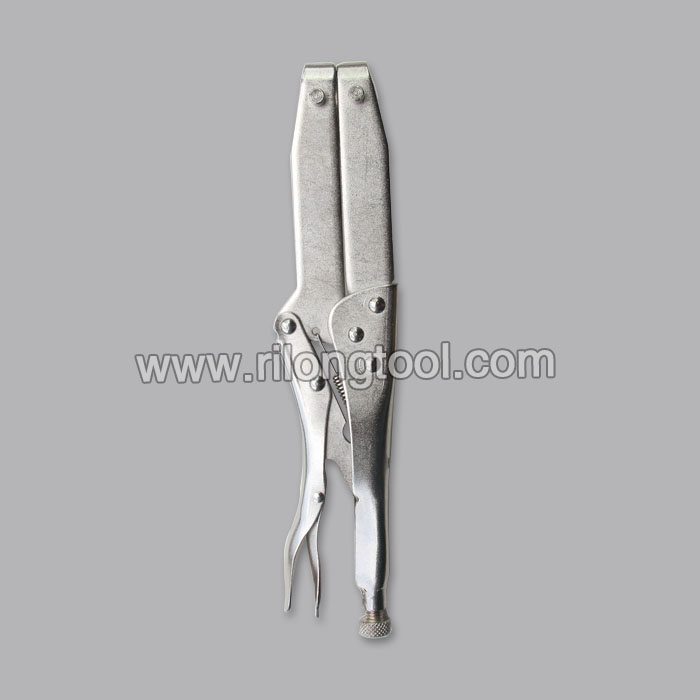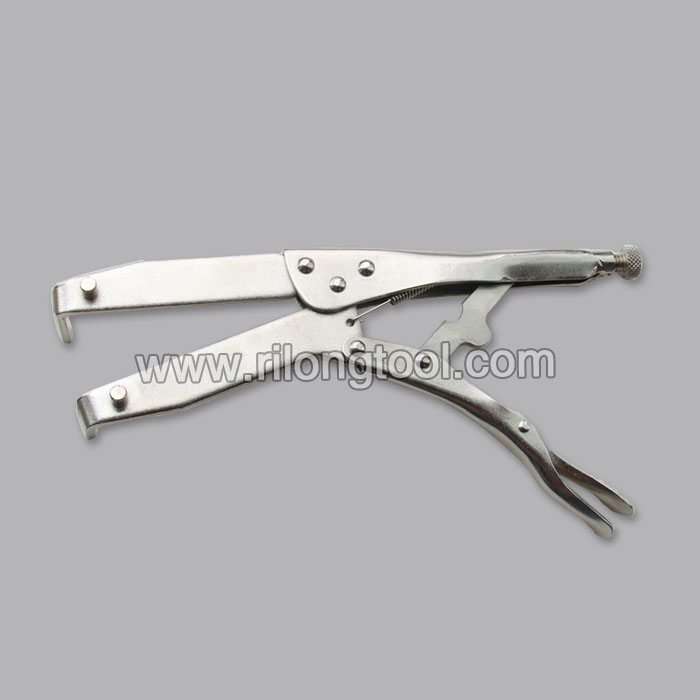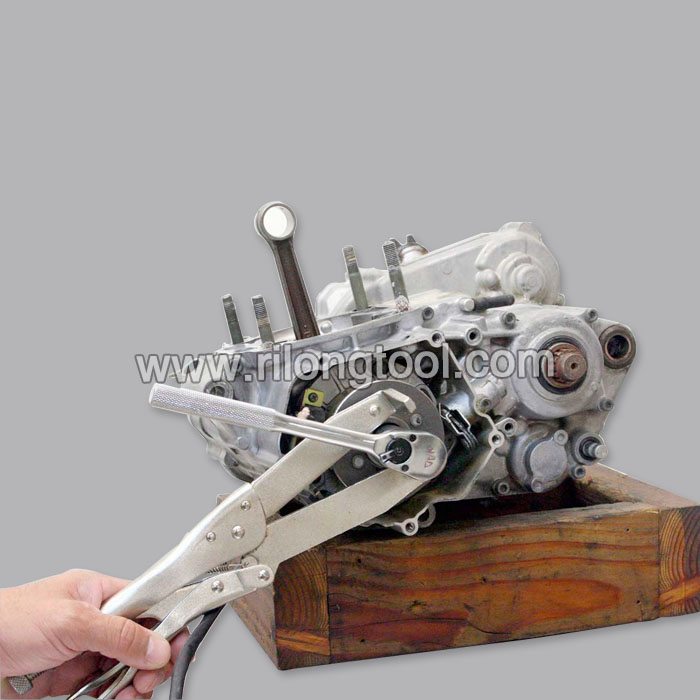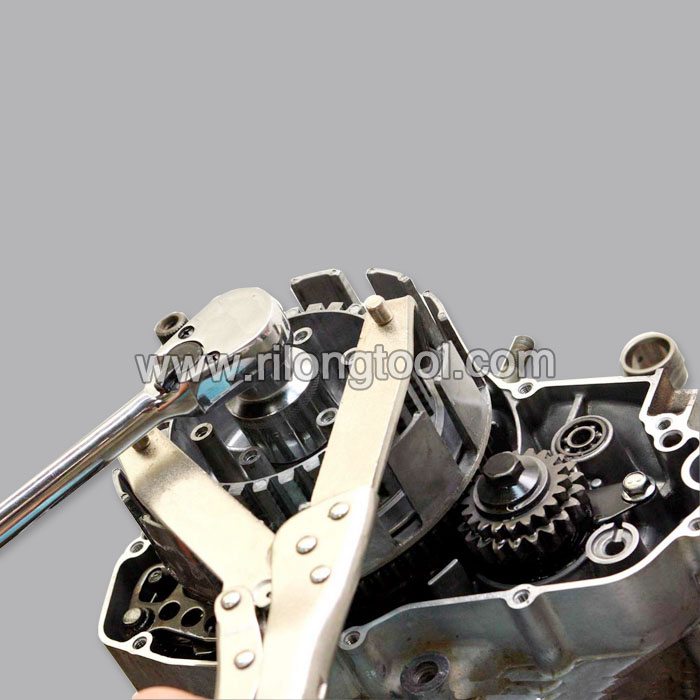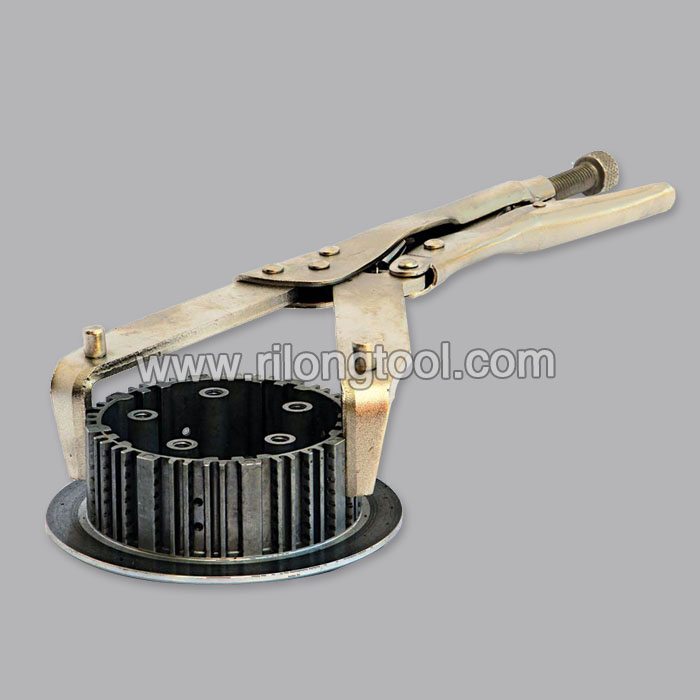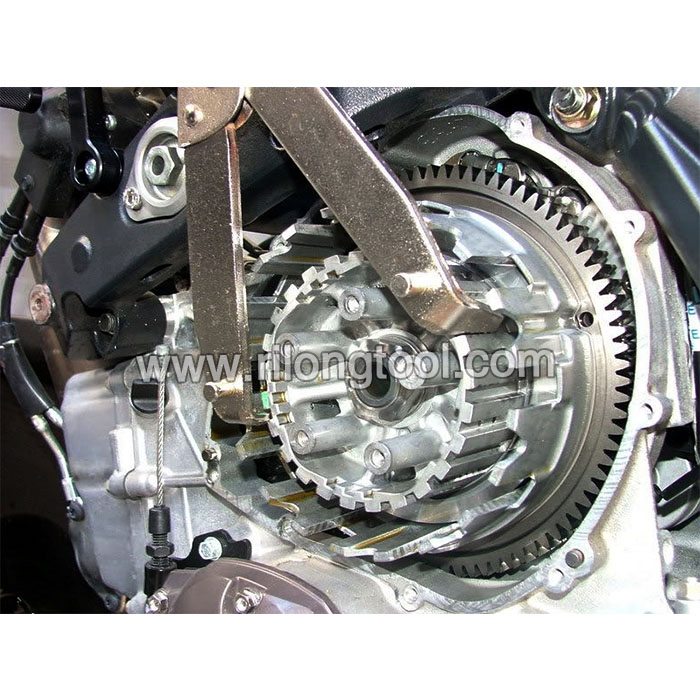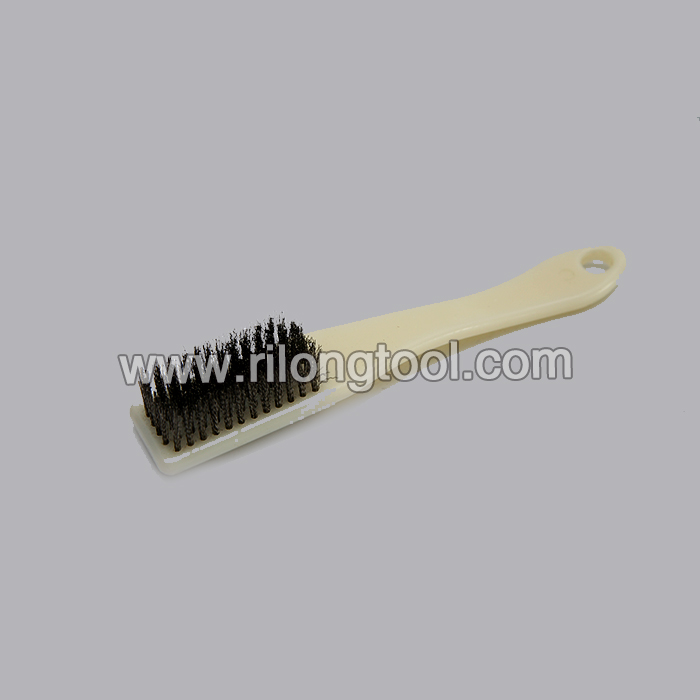OEM manufacturer custom 12″ Long Locking Pliers to Tunisia Factories
Short Description:
Product Detail
Product Tags
As a result of ours specialty and service consciousness, our company has won a good reputation among customers all over the world for OEM manufacturer custom 12″ Long Locking Pliers to Tunisia Factories, If you have any comments about our company or products, please feel free to contact us, your coming mail will be highly appreciated.
Basic Information
■Model Number: RL-DLQ016
Additional Information
■Material: A3# steel (Q235) or 45# steel
■Size: 12”
■Surface Treatment: Nickel-plated, Zinc-plated, Black Oxide, Electrophoresis
■Heat Treatment: Optional
■Package: Blister Card, Suction Card, Tie Card, Double Blister Card
■OEM: Acceptable
■HS Code: 8203200000
■Samples: For FREE
■Delivery Time: Always 30 working days depending on the order quantity
■Packing: By standard cartons
Product Description
■Mainly used for clamping parts to rivet, weld, grind and so on, which is characterized by the powerful clamp force produced by the jaw. It can lock tight so that the parts won’t fetch away. Besides, jaws have a lot of levels to adjust for the use of different thickness of parts, and it also can be used as a wrench.
■Flexible using, long life and good tenacity.
■The screw tuning button can give the best clamp size easily.
Product Image
A good tip, it’s so easy to gap a spark plug with a channel lock plier. Easy leverage control, fast and simple, you can open and close the gap easily. I gap my spark plugs visually, no need to measure.
Low priced https://www.amazon.com/dp/B00004SBCB/?tag=fiveteamw-20 IRWIN VISE-GRIP Original Locking Chain Clamp, 9″, 27ZR overstock. Best: IRWIN VISE-GRIP Original Locking Chain Clamp, 9″, 27ZR.

